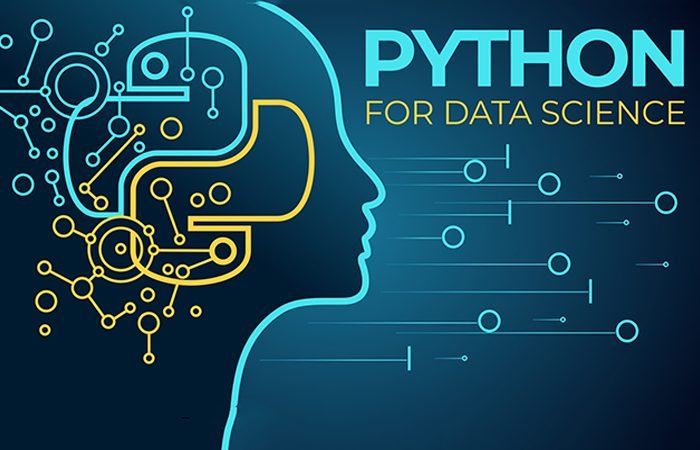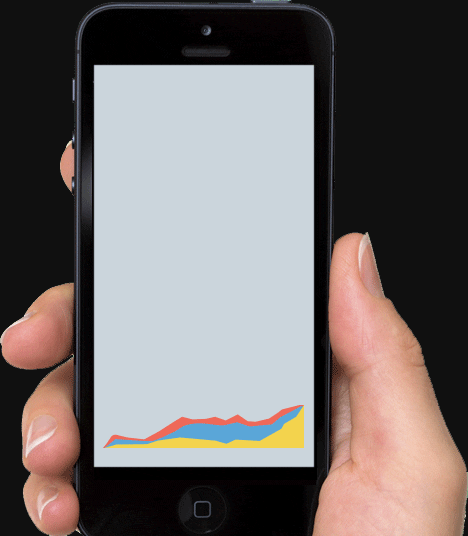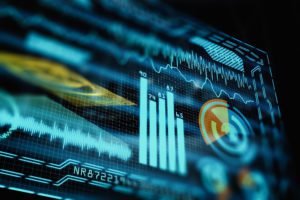Automated algorithms that learn from experience and data are known as machine learning (ML) algorithms. In order to generate predictions or judgments without being exclusively coded or overseen by humans, machine learning algorithms generate a model based on training data. The discipline of machine learning gains new techniques, theories, and application fields from mathematical optimization research.
When it comes to machine learning, input such as training data or knowledge graphs is used in the same way that the human brain develops information and comprehension. Defining entities allows for deep learning. The Edutech industry nowadays is filled with Machine Learning and Artificial Intelligence courses.
There are several ways to start the machine learning process, such as through looking at examples, direct experience, or even teaching. Data is examined for patterns that may be used to draw conclusions from the instances given. With machine learning, computers can learn on their own, with no help from humans, and then modify their behavior as a result.
Types of Machine Learning Algorithms
Machine Learning algorithms can be mainly distributed into three categories, they are:
- Supervised Learning: Supervised machine learning systems use labeled samples to predict future occurrences based on what has been learned in the past. The learning technique uses a known training dataset to build an inferred function that predicts output values based on that dataset. After sufficient training, the system is capable of providing objectives for any new input. It is also capable of comparing the model’s output with the planned, proper output in order to identify problems and make modifications as necessary.
- Unsupervised Learning: To train an unsupervised machine learning algorithm, you don’t need to classify or label the data. It is possible for systems to infer a function from unlabeled data in order to explain a hidden structure. Throughout the whole process, the machine does not know the right answer. Instead, it uses datasets to make predictions about the result.
- Reinforcement Learning: A Reinforcement learning algorithm is a way of teaching a computer to do something by causing it to do an activity and then looking for faults or rewards. “Trial and error” and “feedback” are two of the most important aspects of this kind of learning.
Workplaces Where Machine Learning is Being Extensively Used
Businesses across many industries are already using machine learning to boost innovation and improve operational efficiency
- Cyber-security firms
- Finance sectors such as banks and FinTech enterprises
- Healthcare industry
- Detection of fraud
- Retail businesses
Why this Course?
Acquire a firm grasp of the fundamentals of data analytics and machine learning, and learn how to master the most used data science tools and methodologies, to position yourself for employment. Post Graduate Program in Data Analytics & Machine learning by Imarticus comes with a guaranteed placement opportunity.
In this machine learning course, you’ll learn exactly what the world’s leading employers of data scientists are looking for in their employees. As part of the curriculum, you’ll work on Capstone Projects, real-world business cases, and mentoring from industry leaders that matter.
Conclusion:
While many might say that employment is being lost to AI at a far faster rate than in prior industry-changing events, the numbers so far do not stack up. Rather than eliminating employment, artificial intelligence in the workplace is enhancing people’s skillsets, and hence their compensation, across a broad variety of sectors.
So without any delay, get your machine learning certification now and pave your own path to becoming a successful Data Science Professional with Imarticus’ Post Graduate Program in Data Analytics & Machine learning.




 Certification Format
Certification Format


 Industry professionals having years of experience in this field deliver ML, computer visions, and deep learning training projects.
Industry professionals having years of experience in this field deliver ML, computer visions, and deep learning training projects.
 It is true that the organizations are increasingly becoming data-centric, that they allot nearly 40 percent of their technology budget for digital transformation.
It is true that the organizations are increasingly becoming data-centric, that they allot nearly 40 percent of their technology budget for digital transformation. Given above are some use cases that explain the application of big data in various industries. Apart from this, education, healthcare, digital advertising, environmental studies, human rights, etc. are some prominent areas that use big data to streamline their actions.
Given above are some use cases that explain the application of big data in various industries. Apart from this, education, healthcare, digital advertising, environmental studies, human rights, etc. are some prominent areas that use big data to streamline their actions.
 One can learn big data management via
One can learn big data management via 
 Imarticus Learning offers a
Imarticus Learning offers a 
 The
The  Data scientists and analysts help companies massively cut down operational costs by resources much more effectively. Decades back, even though “Big Data” did not exist, business analytics did. However, it was not a cost-effective process and demanded a lot of time.
Data scientists and analysts help companies massively cut down operational costs by resources much more effectively. Decades back, even though “Big Data” did not exist, business analytics did. However, it was not a cost-effective process and demanded a lot of time.